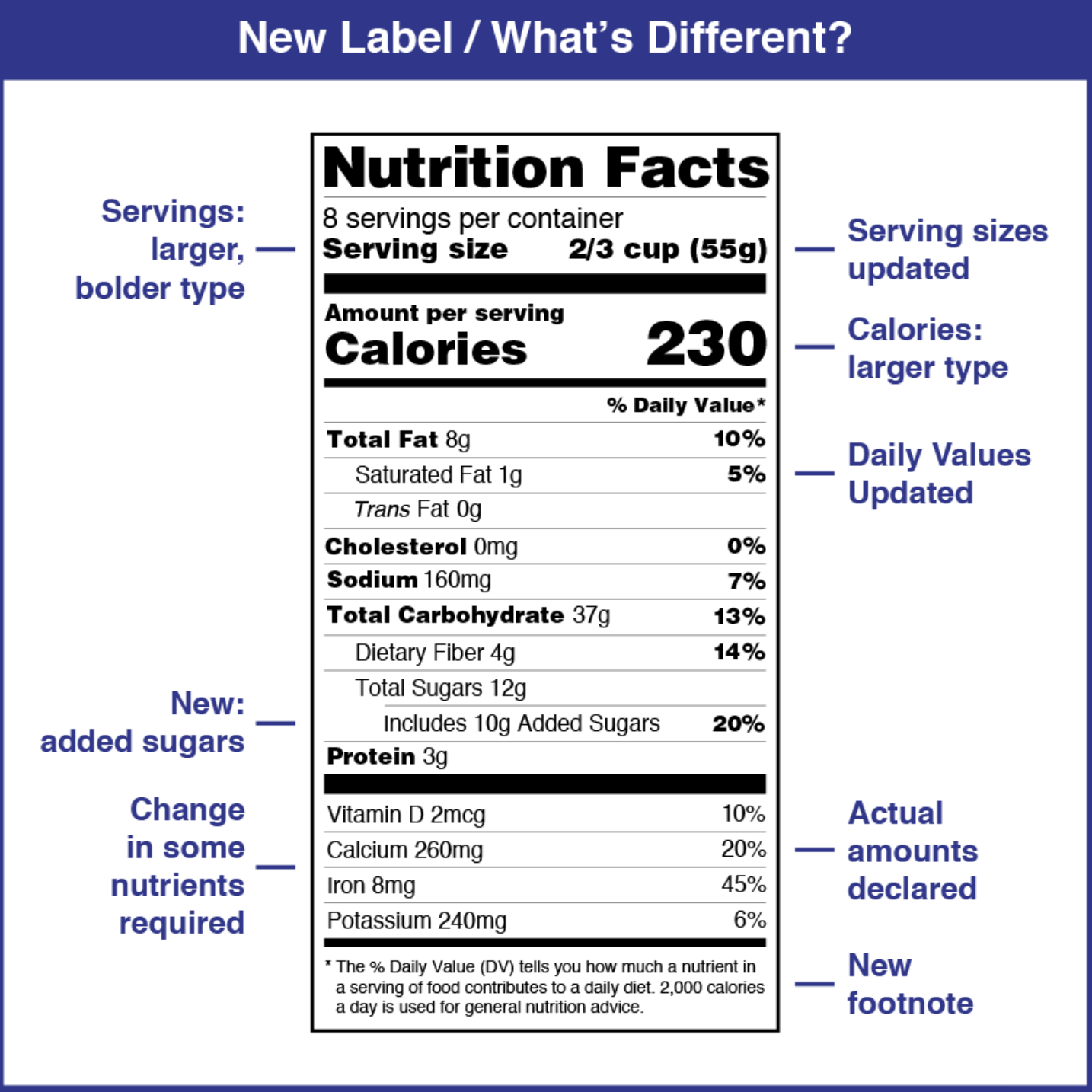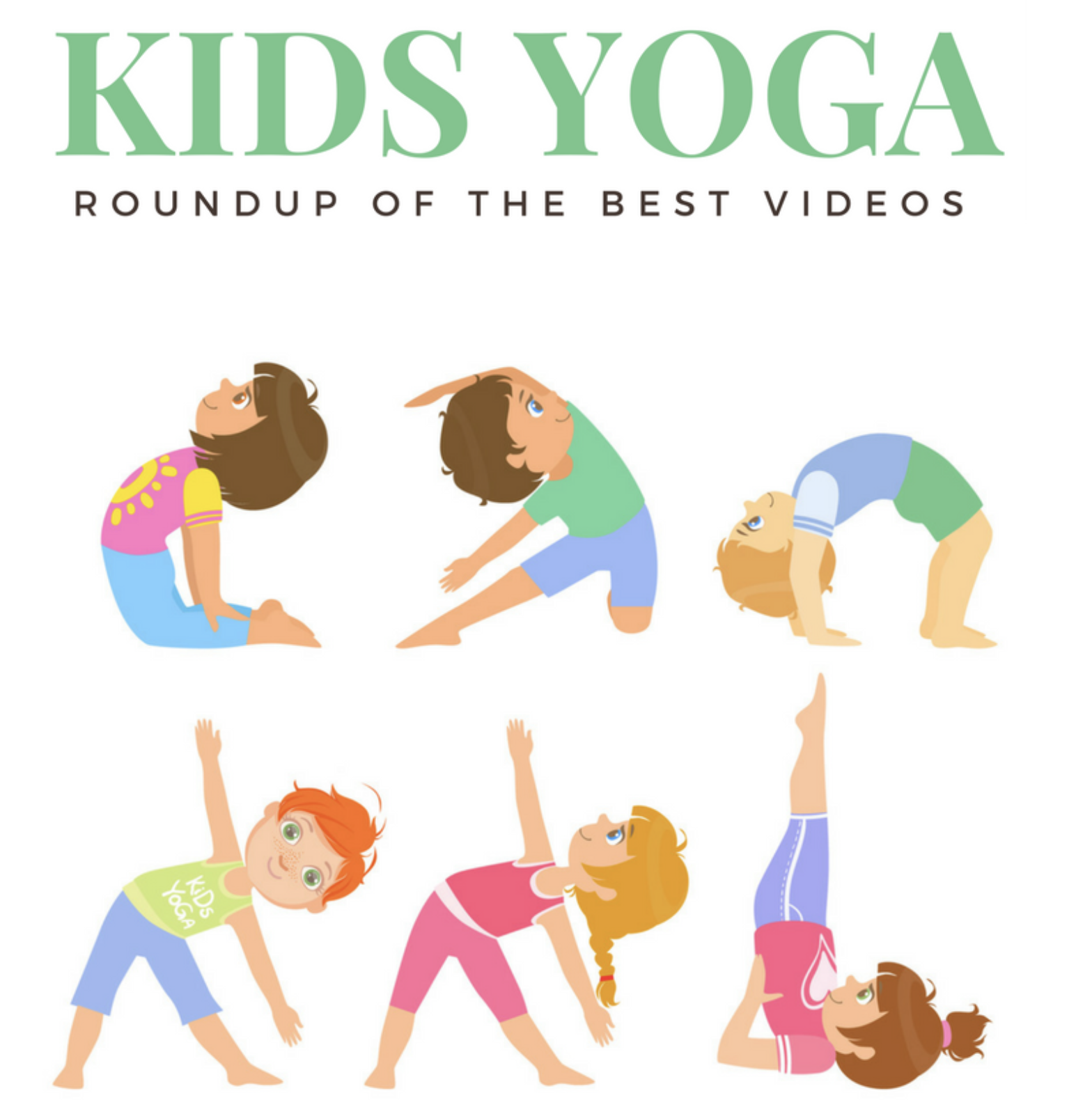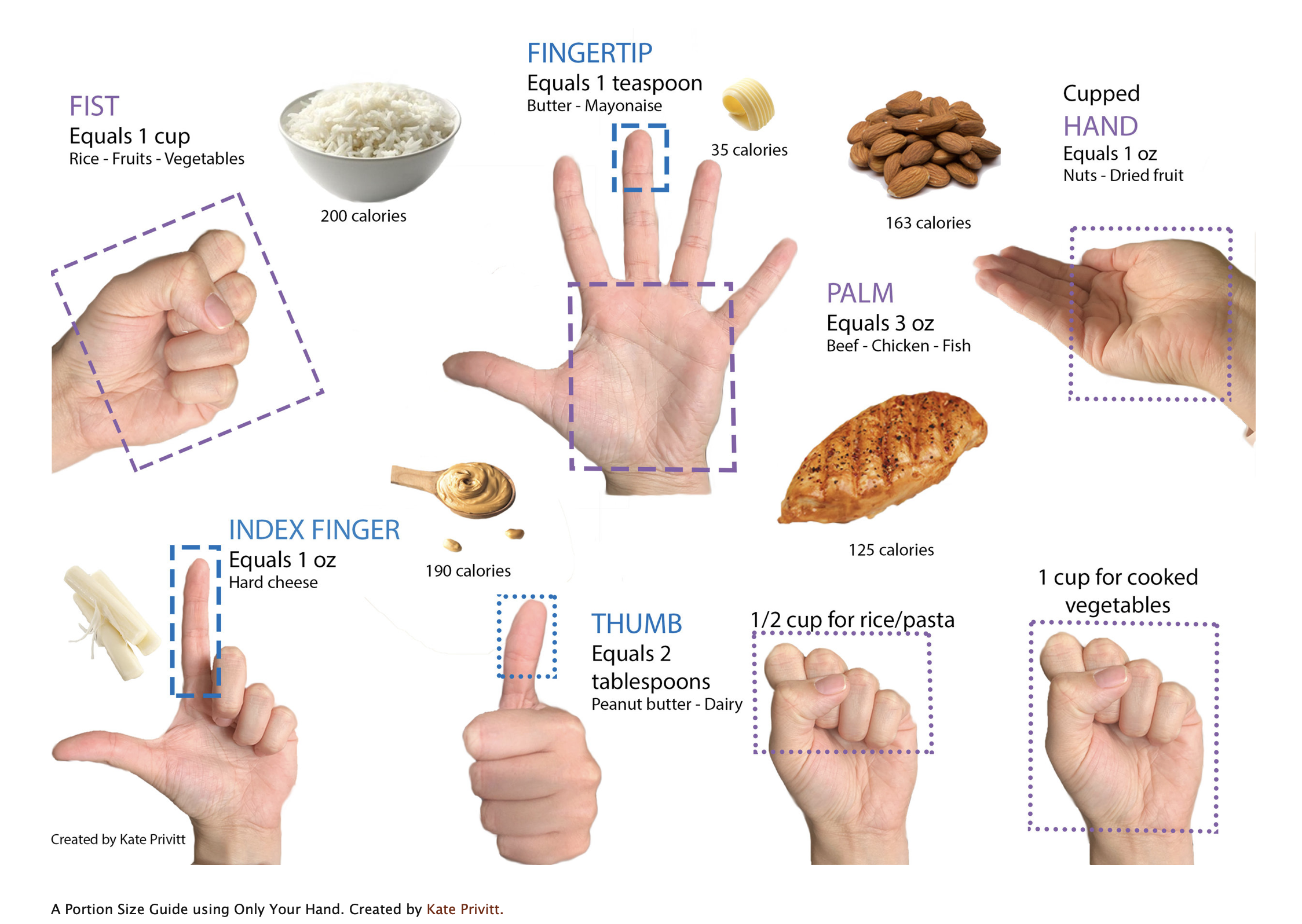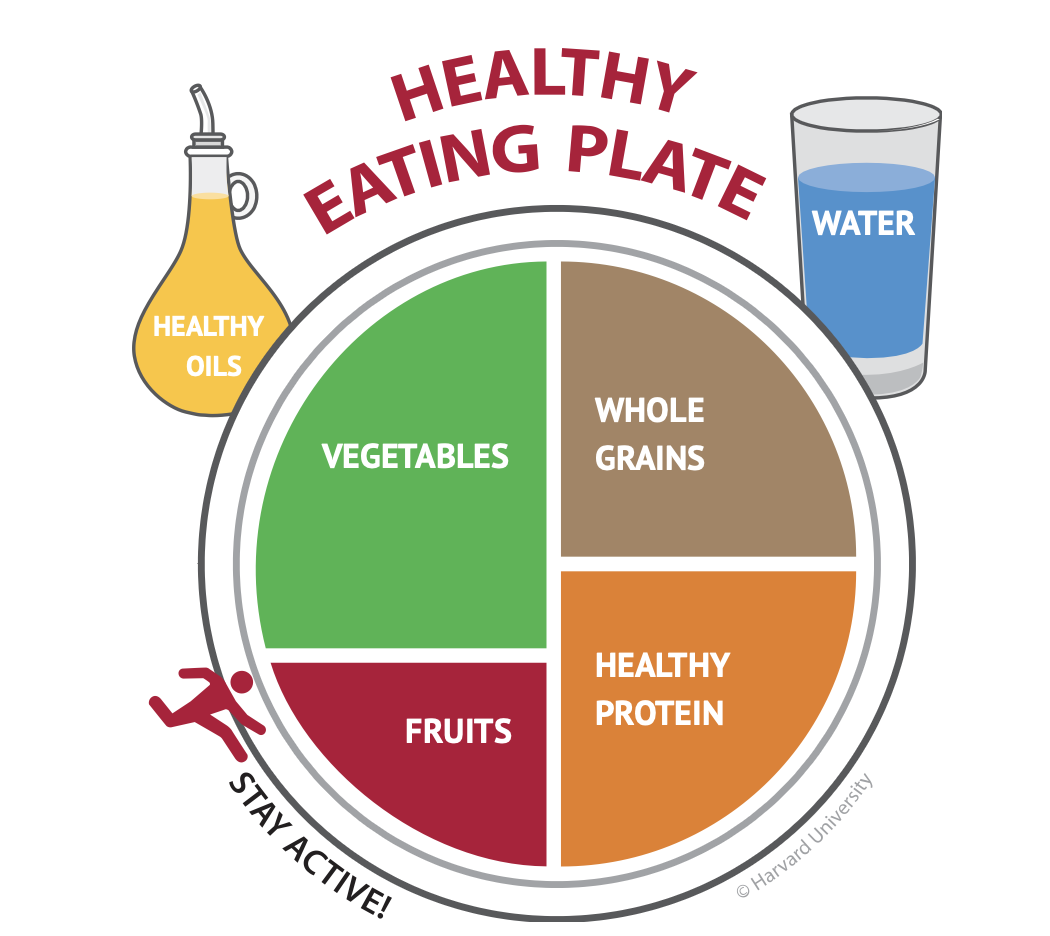While many of the things we teach in the classroom are very important in helping our students learn and grow in their education, I cannot think of a more valuable life skill than teaching our kids how to make healthy choices! In a world filled with fast food, sugar, preservatives, and tasty treats, learning about personal health and teaching kids how to live a healthy lifestyle is invaluable. Take a look at our top 20 tips and activities to help get you started!
1. Read a Nutrition Label

Learning how to read a nutrition label properly is an essential component of food knowledge. For children to grow into adults that make healthy choices, learning how to read a food label is vitally important in the younger years.
2. Incorporate Physical Activity in Your Lesson Plans

If you ever have a class discussion regarding nutrition, you need to ensure that you include exercise in it as part of your daily routine. Incorporating routines like 10 minutes of kids’ yoga helps your students connect that feel-good feeling with exercise.
3. Watch Food Ads
Looking at marketing tactics is a great way to practice analytical skills for your older elementary-age students. Ask questions like, “what is this commercial trying to get me to do or buy?” and “what is this commercial using to get me to purchase their products?”.
Learn More: LessyNitty
4. This or That? Healthy Food Choices Game

There is a lot of confusion among adults and kids as to which foods are healthier than others. For this particular activity, make a Google slide presentation, add images, and ask your students which option is healthier. Ensure that you incorporate food images of diet foods that are perceived as healthy such as animal crackers or breakfast-type items.
5. Test their Nutrition Knowledge!
Kahoot is such a fun game for kids! My children like to play games with this platform at home and at school, and my students love it too! Just sign up for a free account at www.kahoot.com, and search for games to play! Kahoot has lots of resources for free online nutrition games.
6. Learn About Portion Size

Learning about portion size is all part of a healthy diet. Too much of anything is a bad thing. One way to do this would be by using everyday foods or meals, such as a happy meal, and showing them how much of that meal is just right and how much is too much.
7. Watch a Movie About Healthy Weight
Open up the discussion around what it means to be a healthy weight. Obesity is a growing problem in children so it’s important to approach the topic in a sensitive way that doesn’t then encourage unhealthy thinking around body image. This video is perfect – it talks about how to achieve a healthy weight by balancing our diets with exercise. Your kids will love the fun animations and positive message!
Learn More: YouTube
8. Look at Common Ingredient Items that Cause Health Issues

Do you know that many food ingredients approved by the FDA are outlawed in other countries because of their harmful effects on humans? Learning about the connection between the food you eat and potential health problems down the road is significant.
Learn More: MPH Program List
9. What Does a Balanced Diet Look Like?

Eating a healthy meal starts with knowing what a healthy meal looks like in the first place. Once you tackle portion sizes and your nutrition lesson, you can then go on to teach the food plate activity. One way to make this activity more engaging would be to invite those from your school’s food and nutrition service department to talk to your students.
Learn More: The Healthy Eating Plate
10. Teach Real Life Kitchen Skills
One fun way to teach healthful foods is by learning how to cook them. Learning how to cook healthful foods is learning vital kitchen safety skills and using various kitchen tools. This YouTube video is an excellent example of how to teach small children vital kitchen tool-handling skills.
Learn More: Katie Kimball
11. Make Healthy Snacks in Class!
Most pre-made kids’ snacks available in the grocery store are not necessarily healthy. There are lots of different snack ideas out there that are tasty and make healthier food choices.
Learn More: Health Family Project
12. Who is the FDA?

Many people make it through school and never know who the Food and Drug Administration (FDA) is until their adult life! Ensure your kids know who makes the choices for what medications they take and the foods they eat.
13. See Where your Food Comes From

Take a field trip to your local farm or orchard with a food science lesson! Knowing where our food comes from helps kids to connect with healthier food choices.
14. Have Students Choose a Healthy Recipe to Make at Home

Making healthy food choices starts in the home. As part of a home project, have your students choose a healthy recipe, make it with their family, and then report back on how it went!
15. Have a Class Relay Race
The CDC (Center for Disease Control and Prevention) says that children between the ages of 6 and 17 need at least one hour of physical activity a day! Have fun and be healthy with these different relay games.
Learn more: Kid Activities
16. Make Favorite Foods Healthy

Love mac and cheese? Make it with cauliflower instead of noodles. Maybe make a chocolate oatmeal bar instead of cookies. There are many different ways to make what would normally be an unhealthy meal or snack into a healthy one.
17. Watch How Chicken Nuggets and Hot Dogs are Made
Watching how highly processed things like chicken nuggets and hot dogs are made may do just the trick to deter children from eating very unhealthy foods.
Learn More: How It’s Made Official
18. Look at Food Items from Around the World
Many countries worldwide have lower obesity and disease rates because of their different diets. Look at some of the healthiest countries and see the types of international foods natives eat.
Learn More: Thoughty2
19. Make Sugar in Soda Interactive

Did you know there are 39 grams of sugar in ONE Coke? That equals out to about 9 teaspoons in each can. Have kids measure out how much sugar they may eat in a day.
Learn More: Thought.Co
20. Grow a Class Garden!

I have done this activity with my students, and they are invested every time! More importantly, when we do any garden activity, almost every student tries what we grow. When kids have a part in making or growing their own food, they will be more likely to try those healthy options.